
In a recent study, the contents of ciprofloxacin and metronidazole tablets were quantified using a handheld near-infrared (NIR) spectrophotometers.

In a recent study, the contents of ciprofloxacin and metronidazole tablets were quantified using a handheld near-infrared (NIR) spectrophotometers.

X-ray photoelectron spectroscopy (XPS) and cryogenic transmission electron microscopy (cryo-TEM), have brought significant breakthroughs in high-energy-density Li metal batteries.
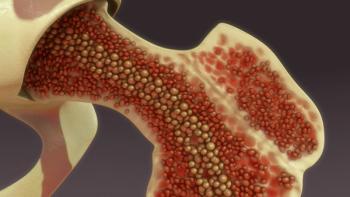
In a recent study, a research team from China used Raman spectroscopy to uncover serum biomarkers for aplastic anemia and myelodysplastic syndromes.

Researchers from Zhejiang University in China have revealed the transformative potential of infrared (IR) and Raman spectroscopy techniques for rapidly and accurately assessing herb quality and safety, offering a promising path toward intelligent and eco-friendly herb industry development.

A team of researchers is using near-infrared spectroscopy (NIR) coupled with partial least squares (PLS) to analyze the e-liquid components of e-cigarettes.

A group of researchers from Brno University of Technology and the Institute of Physical Chemistry and Chemical Physics are investigating flavin derivatives in water and DMSO.
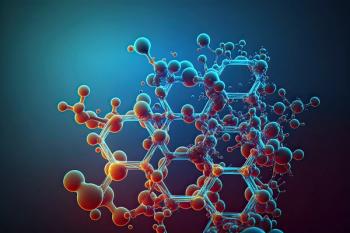
In a recent study, researchers from Saudi Arabia used electrospun glass nanofibers to enhance polycarbonate to create new high-performance materials.

A study out of Bohai University in China has uncovered some of the unique characteristics of water when in extreme confinement.

In a recent study published in Spectrochimica Acta Part A: Molecular and Biomolecular Spectroscopy, two researchers from India studied the molecular composition of topiramate, revealing new insights.

A group of researchers from Beijing Technology and Business University developed a couple extraction algorithms and classification methods that could contribute toward ensuring the quality of wheat flour.

Researchers from Idaho State University developed a novel approach called physicochemical responsive integrated similarity measure (PRISM) that can better determine sample similarity.

A research team from Sungkyunkwan University and Hanyang University proposed a new method that can detect carbon dioxide concentration in flow fields with temperature gradients based on single laser path absorption spectrum measurements and machine learning.

In a recent study, a new fluorescent sensor was used to determine tetracycline in milk.

A recent study used portable X-ray fluorescence analysis (pXRF) and scanning electron microscopy-energy dispersive spectroscopy (SEM-EDS) to uncover new insights into Stonehenge’s Altar Stone.

In a recent study, researchers used molecular and elemental spectroscopic techniques, such as LIBS, Raman spectroscopy, and FT-IR spectroscopy, to characterize silicate gems found in ancient Egyptian mines.

In a recent study, researchers used portable X-ray fluorescence (pXRF) analysis to determine how pottery vessels uncovered at Saqqara degraded over thousands of years.

Spectroscopy magazine is pleased to welcome you to the “Spectroscopy and Archaeology: A Look Into the Ancient Past” landing page, one of two landing pages in our “Spectroscopy and Archaeology” content series!

Spectroscopy magazine is pleased to welcome you to the “Spectroscopy and Archaeology: An Inside Look at Ancient Egyptian History” landing page, one of two landing pages in our “Spectroscopy and Archaeology” content series!

All of us at Spectroscopy magazine are excited to bring you our second content series, which focuses on the role that spectroscopy has played in advancing archaeological science.

A recent study presents a novel fluorescent probe that can detect sulfite residues effectively.

A recent study examined the interaction mechanism between methylene blue (NMB) and human serum albumin (HSA) and bovine serum albumin (BSA).

Researchers in Norway used Fourier transform infrared spectroscopy protein composition from poultry.

Researchers used a multi-faceted approach that combined UV-visible, fluorescence, and circular dichronism spectroscopy to study the interaction between a newly synthesized 2-phenylquinoline-polyamine conjugate (QPC) and bovine serum albumin (BSA).

Accurately calibrating instruments is of the utmost importance for harmonization of Raman data.
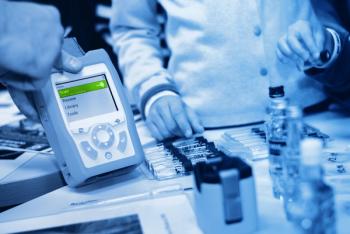
Liquid crystals are used in a variety of fields including optics, electro-optics, biomedical and fast switching devices.

A recent study explains how laser-induced breakdown spectroscopy (LIBS) is better suited for rapidly quantifying heavy metals in plastics than traditional methods such as inductively couple plasma–mass spectrometry (ICP-MS) and atomic absorption spectroscopy (AAS).

A recent study shows how the LIBS approach can be used to measure the magnetic field near the surface of plasma-facing components (PFCs).

A new study presents a novel WDXRF approach in determining carbon, oxygen, hydrogen, and nitrogen content in coal.
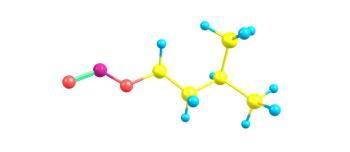
Researchers introduce a new method for accurately determining nitrite concentration beyond the linear range, utilizing UV-visible absorption spectra and correlated component regression (CCR).
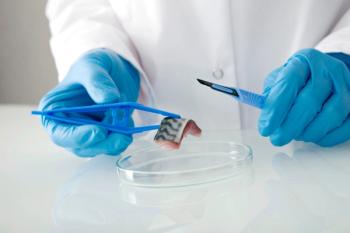
Scientists compared a portable infrared attenuated total reflection spectrometer (ATR) to a conventional ATR Fourier transform infrared (ATR FT-IR) system.